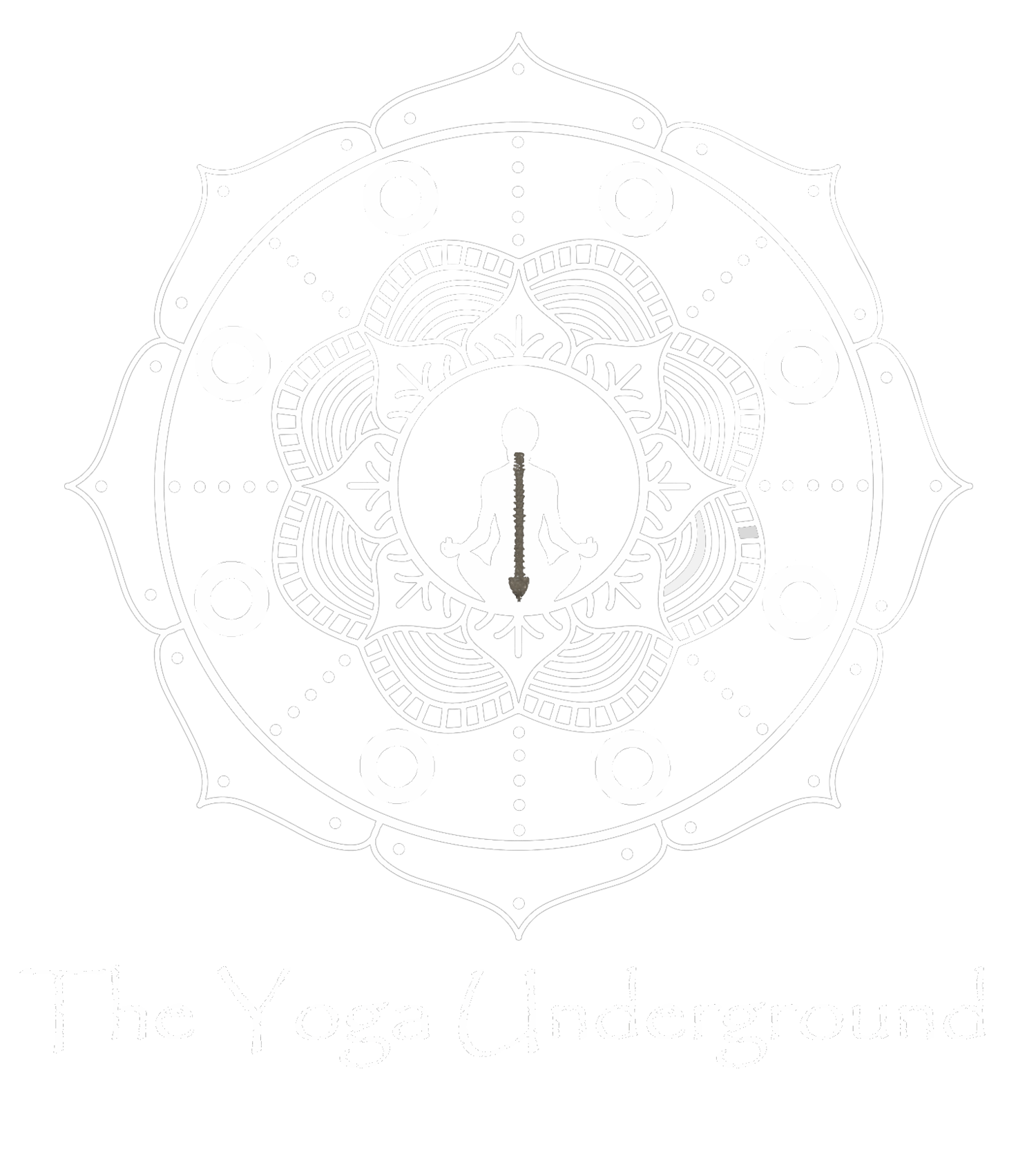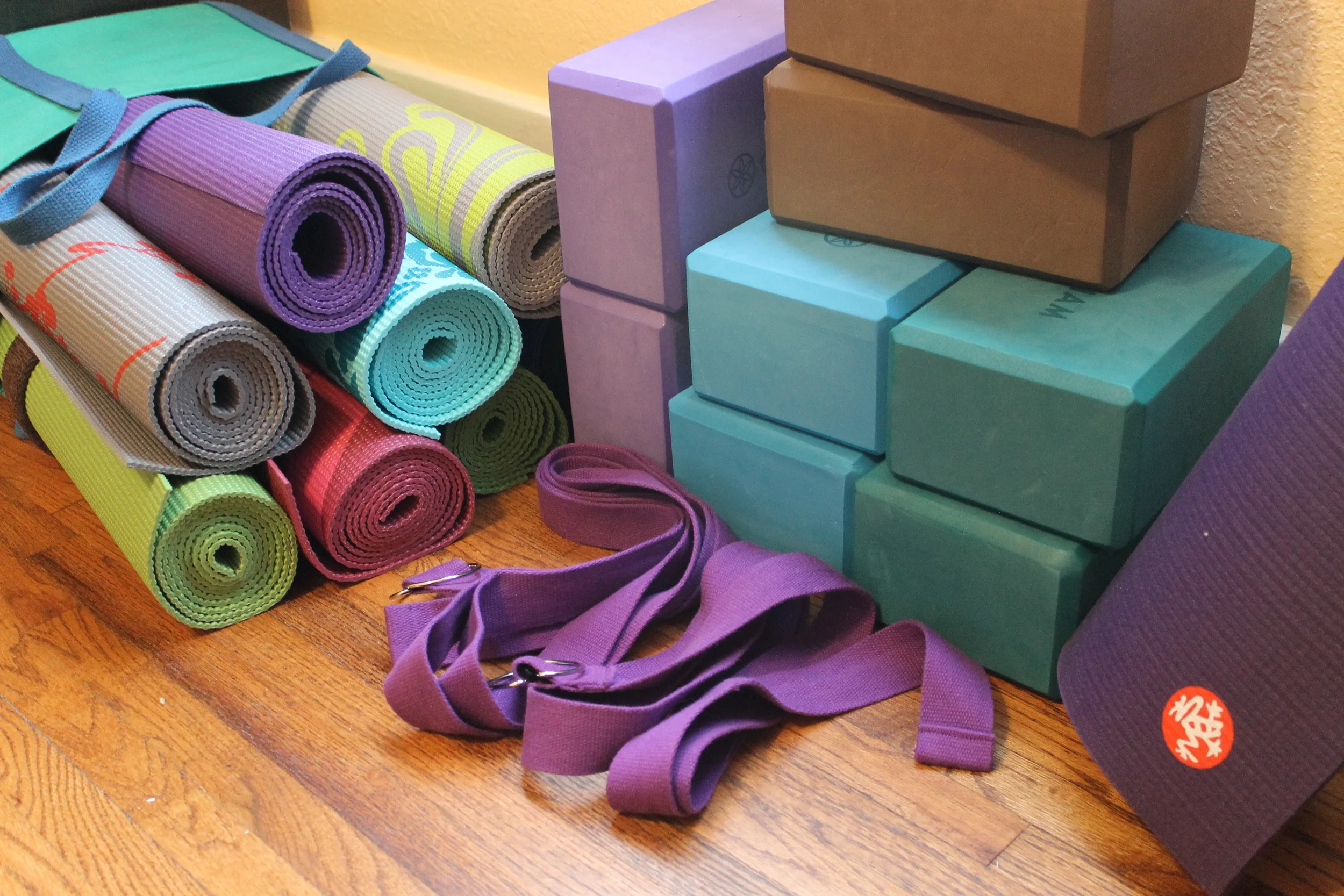Finding Your Own, Perfect Yoga
I believe that everyone can do yoga, and that your practice should work for you and grow with you. I am all about finding your own expression of every pose in a safe way. To that end, there are many types of yoga, and like anything else, it's always a bit of a journey to find both a style and an instructor who fits with you. If you’re more interested in the benefits of yoga - what you’ve heard, and what they really are, check out my blog post from a few years back.
“I love that you are always able to learn something about yourself from yoga - both physically and mentally. ”
Types of Yoga
Finding what's right for you
While we all may come to the mat with a different motivation, we can all walk away from each practice having learned something. Because there are many types of yoga, and because it can be such a process to find a style and a teacher whom you can connect with I love the option of beginning with private sessions. This gives you the opportunity of finding what you like and where you are at physically in your practice so that you can be better informed about your body and its (and your) preferences.
However, if you're a student looking for a class to attend the choices can sometimes be confusing and overwhelming. So here is a short guide to help you decode what that class schedule might mean. If in doubt always ask! An experienced, qualified instructor should always be able to explain their type of yoga, how it works, and what their focuses are. If you attend a class and don't like it, don't give up! Try another style, or another teacher! Remember that, if nothing else, you will learn something about yourself and your body with every class and with every teacher (even if you didn't like it).
Common Styles of Yoga:
Hatha – simply refers to the practice of physical yoga postures; it is the union of opposites through physical practices. Ancient yoga practitioners used the system of hatha yoga as preparation for long periods of sitting. This is why many hatha yoga practices focus on the lower body. Almost all styles of yoga share the same yoga poses.
Vinyasa – a flowing, dynamic form of yoga, with the focus on connecting movement to the breath (pranayama). Often, teachers expect a certain level of knowledge regarding alignment in each pose. Normally faster paced and more energetic – care must be taken by the student to make sure they are not pushing themselves too far and encouraging injury.
Flow – often used to describe a vinyasa style class. It may move at a slower pace or be more alignment and breath based.
Chair – a gentle form of yoga that is practiced sitting on a chair, or standing using a chair for support. You will be amazed at how many Yoga poses can be modified using a chair. A perfect class for seniors with a limited range of motion, balance concerns, those recovering from injury or just wanting a very gentle class without a lot of up and down off the floor. Chair yoga is a great practice for anyone, as it can deepen flexibility and strengthen personal body awareness.
Gentle – normally this refers to a class which focuses on longer holds matched with deep breathing to facilitate relaxation. Generally uses props to support correct alignment and stay safe and comfortable in each pose. Generally you will need the ability to move up and down off the floor, but only a few times. This tends to be an ideal class for most people.
Hot – refers to yoga exercises performed under hot and humid conditions. Often associated with the style devised by Bikram Choudhury, hot yoga is now used to describe any number of yoga styles that use heat to increase an individual's flexibility in the poses. Some popular forms of hot yoga include:
Bikram Yoga has become the most widely known form of hot yoga typically performed at 104°F and 40% humidity.
Forrest Yoga combines yoga asana with Native American spirituality to create a “yoga sweat lodge” in a heated room.
Power Yoga is derived from Ashtanga Vinyasa Yoga and uses heat to replicate environmental conditions in Mysore India.
TriBalance Yoga another form of hot yoga, performed in slightly warmer but less humid conditions than Bikram Yoga.
*Please do not join a hot class if you are pregnant, and speak with your doctor if you are diabetic, have cardiovascular or respiratory disease, or have suffered from heat exhaustion. Your chance of injury can also be increased in this setting.
Heated – usually describes yoga practiced in a warm (generally around 80°F) room with the focus being on creating internal heat to enhance your practice and increase your sweat response. Generally there is no added, or focus on, the humidity in the room. Practicing in a warm room can allow you to stretch more deeply and some enjoy the feeling of sweating more during the practice.
*Please do not join a heated class if you are pregnant, and speak with your doctor if you are diabetic, have cardiovascular or respiratory disease, or have suffered from heat exhaustion. Your chance of injury can also be increased in this setting.
Yin – a slow-paced style of yoga with poses, or asanas, that are held for longer periods of time – five minutes or more per pose is typical. Yin yoga poses apply moderate stress to the connective tissues of the body – the tendons, fascia, and ligaments – with the aim of increasing circulation in the joints and improving flexibility. A more meditative approach to yoga, yin aims at cultivating awareness of inner silence and meditation. Learn more about this style of yoga at http://www.yinyoga.com/
Kundalini – also known as laya yoga and the yoga of awareness, is a school of yoga that is influenced by Shaktism and Tantra. It derives its name through a focus on awakening kundalini energy through regular practice of meditation, pranayama, chanting mantra and yoga asana (poses). Learn more about this style of yoga at https://www.3ho.org/kundalini-yoga
Ashtanga – often promoted as a modern-day form of classical Indian yoga. This method of yoga involves synchronizing the breath with a progressive series of postures – a process producing intense internal heat and a profuse, purifying sweat that detoxifies muscles and organs. The result is improved circulation, a light and strong body, and a calm mind. Ashtanga follows one of several set practices; this means that you may do the exact practice over and over until you have perfected it, and move on to a new practice. Learn more about this style of yoga at http://www.ashtanga.com/
Iyengar – named after and developed by B. K. S. Iyengar, is a form of Hatha Yoga that has an emphasis on detail, precision and alignment in the performance of posture (asana) and breath control (pranayama). The development of strength, mobility and stability is gained through the asanas. Iyengar systematised over 200 classical yoga poses and 14 different types of Pranayama (with variations of many of them) ranging from the basic to advanced. The idea behind this is to help ensure that students progress gradually by moving from simple poses to more complex ones and develop their mind, body and spirit through a step-by-step approach. This style of yoga often makes use of props, such as belts, blocks, and blankets, as aids in performing asanas (postures). The props help enable students to perform the asanas safely, minimising the risk of injury or strain, and making the postures accessible to both young and old. Learn more about this style of yoga at http://www.bksiyengar.com/
Viniyoga – the term viniyoga has come to describe T. K. V. Desikachar’s approach to utilizing the tools of yoga, in particular his conviction that yoga practice should be adapted to fit the individuality and particular situation of each practitioner. American Gary Kraftsow studied with Desikachar and founded the American Viniyoga Institute. The Institute defines viniyoga as a comprehensive and authentic transmission of the teachings of yoga including asana, pranayama, bandha, sound, chanting, meditation, personal ritual and study of texts. Viniyoga also encourages the use of props to help students and minimize the risk of injury. The main focus of Viniyoga is to adapt the various means and methods of yoga practice to the unique condition, needs and interests of each individual. Learn more about this style of yoga at http://www.viniyoga.com/
Bikram – this is a system of yoga that Bikram Choudhury synthesized from traditional hatha yoga techniques and popularized beginning in the early 1970s. All Bikram Yoga Beginning Series classes run for 90 minutes and consist of the same series of 26 postures, including two breathing exercises. Bikram Yoga is ideally practiced in a room heated to 104°F with a humidity of 40%. All official Bikram classes are taught by Bikram-certified teachers, who have completed nine weeks of training endorsed by Choudhury. Bikram-certified teachers are taught a standardized dialogue to run the class, but are encouraged to develop their teaching skills the longer they teach. Learn more about this style of yoga at http://www.bikramyoga.com/
*Some things to be aware of if practicing the Bikram style of yoga: excessive sweating caused by the hot and humid conditions of a Bikram yoga room can result in dehydration. There is also a risk of hyperthermia. Various conditions such as multiple sclerosis, epilepsy, and some cardiac complications can cause unique sensitivities to heat. Those struggling with these conditions are encouraged to check with their doctors before beginning hot yoga. Additionally, those who take medications for depression, nervousness, or insomnia may also wish to check with a doctor to determine if the heat will exacerbate any medical conditions
“We practice with the body we walk through the door with. We allow the pose to fit the body, not the body to fit what we think the pose should be. This approach allows for expression, recognizing our own unique anatomy and no two bodies will look the same in any one posture. First and foremost Yoga should feel good and feel safe. ”

